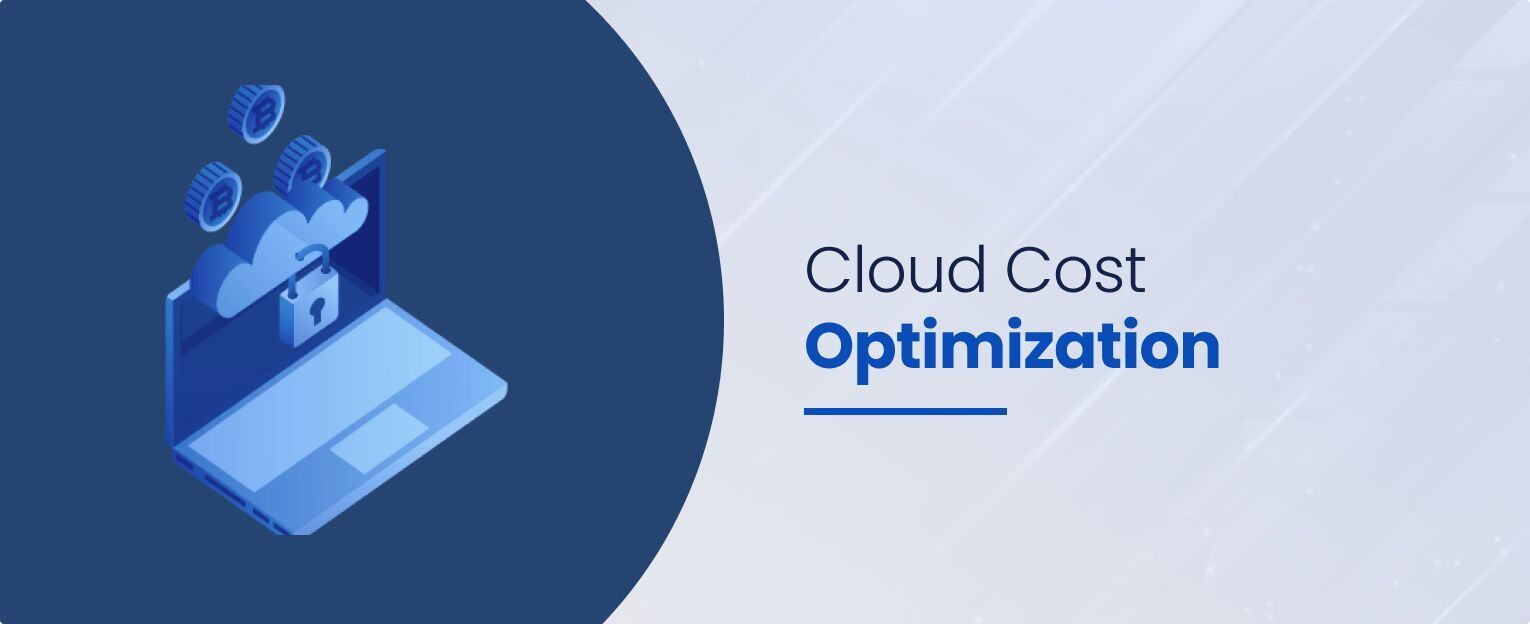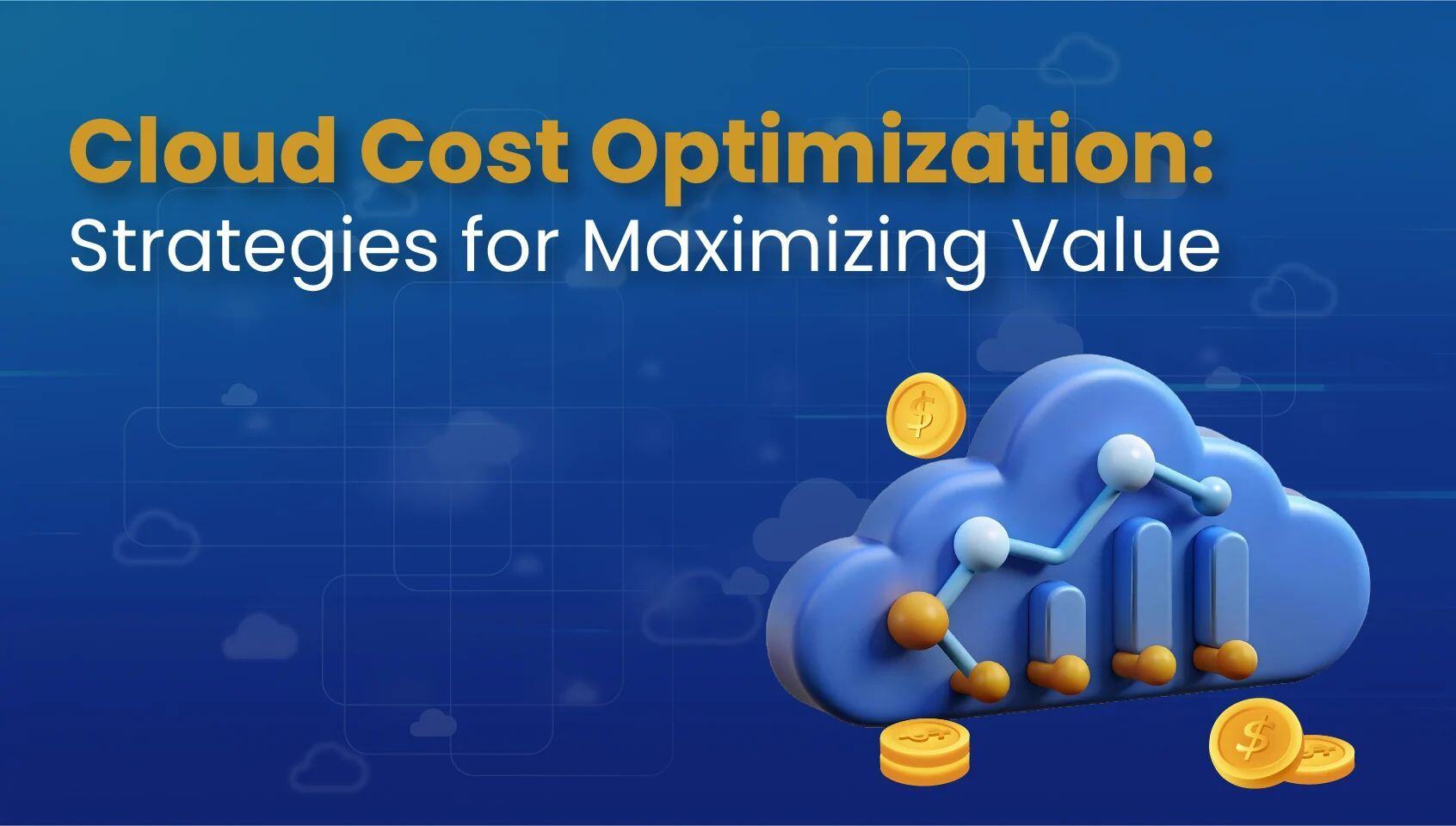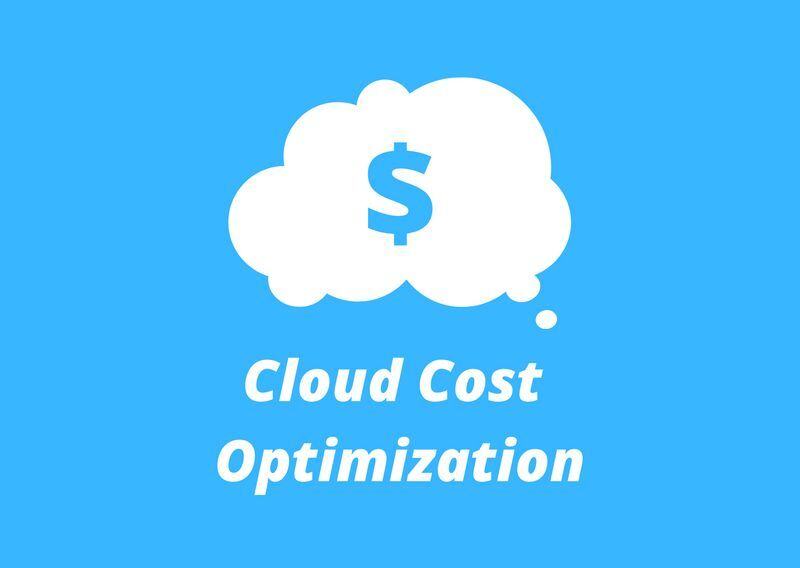
Introduction
With such a rise in the digital age, cloud computing is now essential for businesses who want to scale, keep their costs down, and be able to adapt quickly. But don't just move to the cloud. Optimizing clouds is critical for achieving maximum return on and cloud investments, guaranteeing superior performance, cost efficiency and security. This overview unpacks key strategies, best practices, real case studies and emerging trends relating to cloud optimization.
Understanding Cloud Optimization
Cloud Optimization is the fine tuning of your cloud resources to utilize your performance and cost to the optimum. It includes many strategies to maximize efficient use of resources, balance workload, minimize cost without affecting performance, and security. The objectives are to reduce costs, improve performance, achieve resource efficiency, scale and remain secure and compliant.
Key Components of Cloud Optimization
- Cost Optimization: Controlling cloud expenditure by smart resource allocation and utilization of cost-effective pricing models.
- Performance Optimization: Improving the performance of applications and services by tuning configurations, and by workload optimization.
- Resource Optimization: Improving the level of utilization of existing resources to avoid wastage and expandable resources.
- Security Optimization: Keeping robust and optimizing resources in security.
- Operational Excellence: Automation, monitoring and continuous improvement, thus streamline operations.
- Governance and Compliance: Policies and control implementation to be followed by organizational and regulatory standards.

Cost Optimization Strategies
- Cost Optimization: Controlling cloud expenditure by smart resource allocation and utilization of cost-effective pricing models.
- Performance Optimization: Faster application and service performance with just the right amount of configuration tuning and workload optimization.
- Resource Optimization: Improving the level of utilization of existing resources to avoid wastage and expandable resources.
- Security Optimization: And how to maintain robust security as they continue to optimize their resources.
- Operational Excellence: Automation, monitoring and continuous improvement, thus streamline operations.
- Governance and Compliance: Policies and controls for how to implement in order to ensure adherence to organizational and regulatory standards.
Performance Optimization Techniques
- Load Balancing: Spread traffic across different servers so bottlenecks don’t build, and applications stay fast.
- Caching Strategies: Reduces latency and improves response times by implementing in memory and content caching.
- Network Optimization: To further optimize routing and corresponding bandwidth allocation, for maximum efficiency of data flow with as little latency as possible, I would.
- Database Optimization: Optimize regarding query and indexing and data base configurations in order to increase the speed of data retrieval.
- Microservices Architecture: Microservices help implement independent scaling and building of application resilience.
- Serverless Architectures: Serverless computing is used to manage variable workloads without managing servers.
Resource Optimization Practices
- Efficient Resource Allocation: Resource assignment is done based on the specific application need avoiding over provisioning.
- Eliminating Underutilized Resources: identify and regularly terminate idle, or underused instances and services.
- Infrastructure as Code (IaC): Automatically deploy your infrastructure with IaC tools like Terraform or CloudFormation to create a consistent way of doing things.
- Containerization and Orchestration: Docker is used to deploy containers for scalable resource usage and Kubernetes is used to manage the containers.
- Managed Services: Offload operational tasks to, and optimize resource utilization through service managed through, cloud services.
Security Optimization in the Cloud
- Policy Framework: Formulate and put in operation a comprehensive security policy covering data protection (confidentiality, integrity, availability), access control (authentication and authorization) and incident response (detection, containment, eradication, recovery and post incident activity).
- Security Assessment Program: For performing compliance with policies and standards. Vulnerability Assessments: To find out a known system and application vulnerabilities. Penetration Testing: It allows virtualization of the controls themselves and allows virtualization for testing the effectiveness of the security controls in simulated real-world attacks.
- Cryptography and Key Management: Encrypted data at rest with strong encryption algorithms and encrypting keys stores safely using here dedicated key management service (like AWS KMS, Azure Key Vault etc.). Use TLS/SSL to encrypt data in transit.
- Identity and Access Management (IAM): Use the principle of least privilege, assigning access only to resources required to reach users for performing their job functions. Use Role Based Access Control (RBAC) to manage permissions because of different user roles. All users and services should access cloud resources only with enforced Multi Factor Authentication (MFA).
- Automated Compliance and Governance: Use cloud native tools such as AWS Config or Azure Policy, automate compliance checks against industry standards (PCI DSS, HIPAA, ISO 27001) and internally defined security policies ensure industry compliance. Automate the remediation of non-compliant configurations.
Tools and Technologies for Cloud Optimization
- Efficient Resource Allocation: Resource assignment is done based on the specific application need avoiding over provisioning.
- Cloud Provider Native Tools: AWS Cost Explorer, Azure Advisor, Google Cloud Operations Suite are a couple.
- Third-Party Tools: Turbonomic, CloudHealth by VMware, function as Datadog.
- Monitoring and Analytics: New Relic, Prometheus, Grafana.
- Automation and Orchestration: Then Terraform, Ansible and Kubernetes or any others.
- Cost Management: Cloudability, Spot by NetApp.
- Security Tools: Splunk Security; Qualys Cloud Security; Palo Alto Networks Prisma Cloud.
Best Practices for Effective Cloud Optimization
- Continuous Monitoring and Analysis: Keep real time visibility into resources used, performance metrics and cost.
- Establish Clear KPIs and Metrics: Define and be able to track key performance indicators associated to business goals.
- Foster a Culture of Optimization: Stakeholders in different departments are engaged and a cost consciousness and continuous improvement is presented.
- Regularly Review and Update Strategies: To adopt optimization strategies that evolve with workloads, and technologies as well as business needs.
- Implement Governance Frameworks: Formulate appropriate cloud resource policies and controls to ensure cloud resource governance and compliance.
- Leverage Advanced Technologies: Use of AI, machine learning and automation to improve efforts on optimization.
- Adopt Multi-Cloud and Hybrid Strategies: Flexibly and resiliently distribute workloads across multiple cloud providers, and on‑premises infrastructure.
- Ensure Clear Documentation and Knowledge Sharing: Keep a complete documentation and share knowledge of consistent practices of optimization.

Case Studies
Case Study 1: Company X Reduces Costs by 30% Through Resource Optimization
Background: The rapid growth of a midsize e-commerce platform was resulting in escalating cloud costs.
Strategy: Completed a thorough audit, right sized VMs, set up auto scaling, utilized reserved instances, and ramped up monitoring with AWS Cost Explorer and CloudWatch.
Results: Reached a 30% reduction of monthly cloud expenses, improved performance during peak traffic, and obtained full understanding of resource usage.
Case Study 2: Company Y Improves Performance with Auto-Scaling
Background: High traffic events with a streaming service resulted in poor performance.
Strategy: I deployed auto scaling groups, optimized database queries, added some caching, used CDNs, set up comprehensive monitoring with New rel and CloudWatch.
Results: The application consistently performed during traffic spikes, reduced latency by 20% and optimized infrastructure costs by dynamically scaling resources.
Case Study 3: Healthcare Provider Enhances Security and Compliance
Background: A system of patient management needed to be migrated to the cloud, while continuing to be compliant with HIPAA compliance standards.
Strategy: I implemented encryption, set up RBAC’s, used automated compliance checks with AWS Config and Security Hub, turned on MFA, and regularly ran security audits.
Results: Protected sensitive patient data and kept HIPAA compliance 24/7, with minimal resource usage without sacrificing security.
Future Trends in Cloud Optimization
- AI and Machine Learning for Predictive Optimization: Using AI to predict resource requirements and to automate optimization task.
- Serverless Architectures: Serverless computing was increasing in adoption, with adoption for granular scaling and cost savings.
- Edge Computing: Working with data closer to its source to reduce latency and bandwidth usage.
- Evolving Cloud Pricing Models: Pricing structures that are more flexible and granular and that demand continuous adjustments of optimization strategies.
- Multi-Cloud Management Platforms: Enhanced control and visibility of multiple providers on a single pane of glass, for streamlined optimization.
- Security and Compliance Automation: Automation and enhancing of security and compliance tasks in order to maintain up to date protection with minimal manual involvement.
- Sustainability and Green Cloud Computing: Burden of pushing carbon footprints to energy efficient resource allocation and green practices.
- Advanced Networking Solutions: SDN and NFV are developed to improve network performance and security.
- Quantum Computing: This work may have potential future impact of solving and realizing complex optimization problems more efficiently.
- Human-Machine Collaboration: An improved method for human operator–machine intelligence collaboration that leads to improved optimization outcomes.
Conclusion
Cloud Optimization is a strategic imperative for organizations to gain the most benefit from cloud computing while incurring the lowest costs and highest possible performance. With complete cost, performance, resource, and security optimization strategies, businesses can balance and optimize their own cloud environment. Continuous monitoring is embraced, advanced tools are leveraged, and all efforts are made to stay ahead of the trends which are emerging for sustaining optimization efforts and to ensure long term success in the dynamic digital landscape







